It seems less than a year since the last event but Darwin Aviation Heritage Museum has again held it’s annual Open Cockpit Day on Sunday 14th May 2017. It is the one day each year where a selection of normally sealed display aircraft at the museum are opened for public access, not just the cockpit but crew and passenger compartments as well.
Instead of viewing through perspex canopies and crazed side windows, aviation fans young and old, can sit in seats once occupied by pilots, navigators, weapons offensive/defensive and engineering crew members. It is an opportunity rarely offered by other museums, but every year draws locals and tourists to the hangar on the Stuart Hi-Way at Winnellie, NT. It is very hard to miss the museum grounds as they are identified by the old red and white RAAF Darwin Control/Water Tower near the entrance.
Classic fixed wing aircraft like the USAF B-52G, RAAF CAC27 Sabre , RAAF F-111, plus the US Army UH-1 Cobra and Fleet Air Arm Wessex helicopters have their cockpits opened up to allow the public to sit in and enjoy an aviators perspective. Additionally there are military and civilian displays for the public to view, including a selection of classic cars and motorcycles.
The museum doors opened at 9a.m and the crowd shuffled through the shop area and out into the hanger. A number of museum staff and volunteers were on hand to answer any questions the crowd may ask and it was great to see cadets from No 8 Wing Australian Air Force Cadets (Darwin), manning a number of static aircraft to assist the public with basic enquiries.
A popular first stop was the USAF B-52G 59-2696 “Darwin’s Pride” which has been a major draw card for visitors to the museum since 1990. Having provided over 30 years of service to the USAF, it was refurbished for display in Darwin by the 43rd Maintenance Complex, 43rd Bombardment Wing, Andersen AFB. Having removed major assemblies like the 8 turbojet engines and an array of electronics equipment and panels, the team even assisted with positioning the ‘BUFF’ into it’s final resting place in the hanger by folding the tall fin and rudder assembly so it could be towed inside.
There is only one real practical way to enter this B-52, and that is to climb up through the crew hatch. With eyes adjusting to the gloom, you arrive at the lower level compartment that is occupied by the forward facing Navigator and Radar Navigator/Bombardier ejection seats, the only two seats that eject downwards in the B-52.

A pair of special weapons manual release handles – yellow/black generally indicates something of importance.

Last flight (27MAR90) marker board with basic callsign, comms and nav information at the Navigators station.
Up the rung ladder to the next deck reveals the rearward facing Gunner (tail) and Electronic Warfare Officer compartment although the Gunner role was to become redundant in later models when all defensive tail weapons were removed. All four of these positions so far have no direct view of the outside world – that is, no windows.
Turning forward and taking a few paces past some circuit breaker panels, we arrive at the cockpit with it’s recessed Pilot and Co-Pilot ejection seats and the fixed Instructor Pilot’s seat behind them. “If the IP had to bail out he was supposed to go through a lower hatch after the Navigators had ejected and deploy his parachute”, we are told by one of the museum staff who was there to help visitors up and down the ladders.
It is always fascinating to sit in these seats every year and just admire the number of instruments and switches- especially the engine gauges that spread out across the cockpit, not to mention a throttle quadrant that would have controlled thrust to those 8 Pratt & Whitney J57-P-43WB turbojets. In many images of the B-52 G there are often black smoke trails leaving each exhaust on take off – this was the now defunct water injection system and the panel still remains to the left of the pilot in this aircraft.
An aviation fan could spend hours inside the BUFF but alas it was time exit and let others crawl through the cramped compartments. Oh, and yes, there is a small ‘can’ on the upper deck for taking care of natures bodily functions during those sometimes very long missions.
Down two levels and back on the ground, looking to the rear you can’t but wonder at the engineering that originally went into the undercarriage of this now 57 year old aircraft. The quadricycle undercarriage consists of four individual ‘trucks’ that can be steered up to 20 degrees L/R by a rotary knob between the pilot/co-pilot for cross wind landings.
Between the sets of wheels is the bomb bay where the museum has set up seating and a TV, a nice place to rest while watching a sequence of interesting historical documentaries on the B-52. To the rear and looking up at the tall tail the open brake chute hatch is evident, and radar guided gun turret displaying the four .50cal machine guns controlled by the Gunner, sticks out the end.
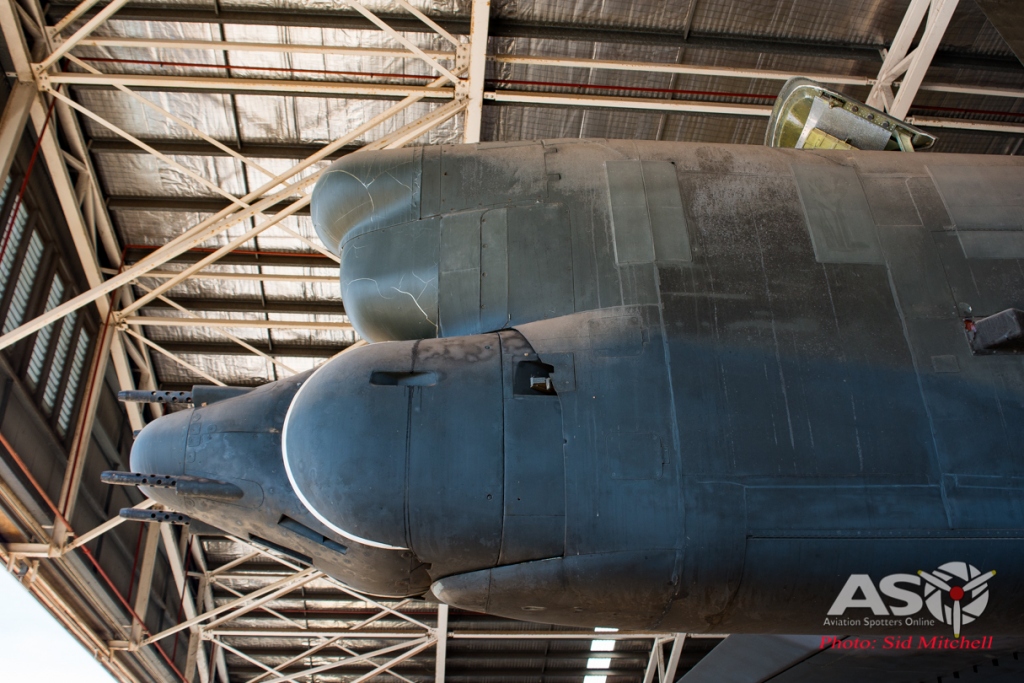
4 x .50cal Brownings in the tail turret aimed buy the Gunner with the help of radar. The open brake chute compartment at the top.
The second largest complete aircraft on display, the not so long ago retired RAAF F-111A/C, A8-113, also has been opened for all to admire. Conserving floorspace within the museum hanger, it has been displayed with wings swept back, as if in supersonic flight. That being said, it still radiates a presence like no other aircraft can.
Having been one of the latest aircraft to be placed on display, the aircraft and especially the cockpit module is in pristine condition, as it was when in RAAF service. Very pleasant to scan over gauges and dials which are clear and dust free….almost in new condition.
Some other exhibitions are unfortunately incomplete, missing panels and instrumentation from their cockpits, but as with most museums, they are a work in progress. One example is the 76 Sqn CAC Sabre, A94-914, with it’s canopy slid open for this one day each year. Despite the unfinished instrument cluster, the external finish is complete with panels covered in warnings, maintenance instructions and fluid types stencilled intricately on the exterior surfaces.
Moving to the rotary exhibitions the Fleet Air Arm of the Royal Australian Navy is represented by #12 Westland Wessex 31B, N7-202 which has the sliding side door open – providing access to the passenger compartment and raised cockpit level.
This Westland on display has a local connection as it was involved with the 1974 Cyclone Tracy clean up in Darwin. The Wessex was the workhorse submarine hunter of the RAN for many years.
Next to the Wessex is an ex US Army UH-1G HueyCobra, 71-21018, both front and rear seats available for young fans to climb into – and even trying out a period aviation helmet.
Extra static displays set up representing the military, included a Mobile Satellite Comms G-Wagon vehicle from locally based 114 Mobile Reporting and Control Unit, and an Aircraft Cargo Loader from RAAF Base Darwin Air movements with an AP-3C engine and propellor secured in cradles for transport.
The civilian sector displays included an Aviation Rescue Fire Tender from Darwin Airport, local flying schools and private aviation enthusiasts who had flown their own aircraft in for the day. You could even take a scenic helicopter flight from the helipad located next to the museum grounds. Even the Motor Vehicle Enthusiast Club was displaying their vintage and veteran cars and motorcycles and you could grab a bite to eat from the sausage sizzle wafting it’s aromas across the parking area.

Another local display the very colourful and aerobatic – Yak 52 VH-YGV flown in from Emkaytee airstrip.
The aircraft parked on the apron outside the open hangar doors, included a DC-3, a Harvard, Tiger Moth, Yak-52, DW-200 Boomerang (no, not the CAC type) and the Antonov AN-2, just to name a few.
A pair of silver skinned locals – one seen in the skies over Darwin on weekends and the other heard performing engine runs occasionally outside the museum – VH-VFM and VH-MMA.
Looking around you can see more classic aircraft at the museum that have sealed cockpits, but that doesn’t stop the visitor from admiring those other examples of Northern Territory aviation history. There is a DH. 82 Tiger Moth, Dassault Mirage IIIO A3-36, a replica Mk VIII Spitfire “Grey Nurse”, a de Havilland Dove and a sectioned B-25 Mitchell bomber plus other aircraft.
Wandering around the hanger you can find large components like and array of engine types, a Sperry Ball Turret from a B-24 Liberator and the remains of an Japanese A6M2 Zero plus many other artefacts from Darwins air war.
Without museums and preservation societies, and their dedicated staff and volunteers, many items of history would be lost forever. It is a credit to those with a passion for the preservation and restoration of Australia’s long standing aviation history that we have a number of museums around the country that can showcase their hard work for the public’s viewing pleasure.
For Darwin, this open cockpit day occurs just once each year, usually in April or May, but the museum is open almost every other day. So if you are up visiting the Top End, find a morning, or afternoon to wander through and experience the Darwin Aviation Heritage Museum… well worth a look.
Cheers…Sid
My gear – Nikon D7100, 18-55mm, 50mm, 70-200mm and 200-500mm. Sandisk extreme memory cards.


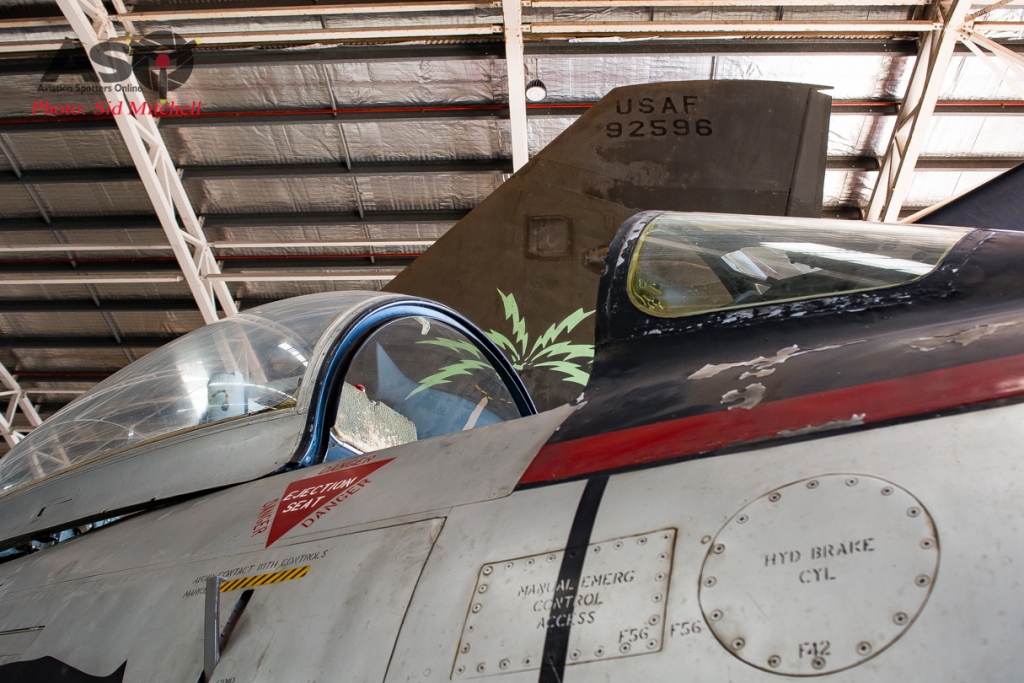
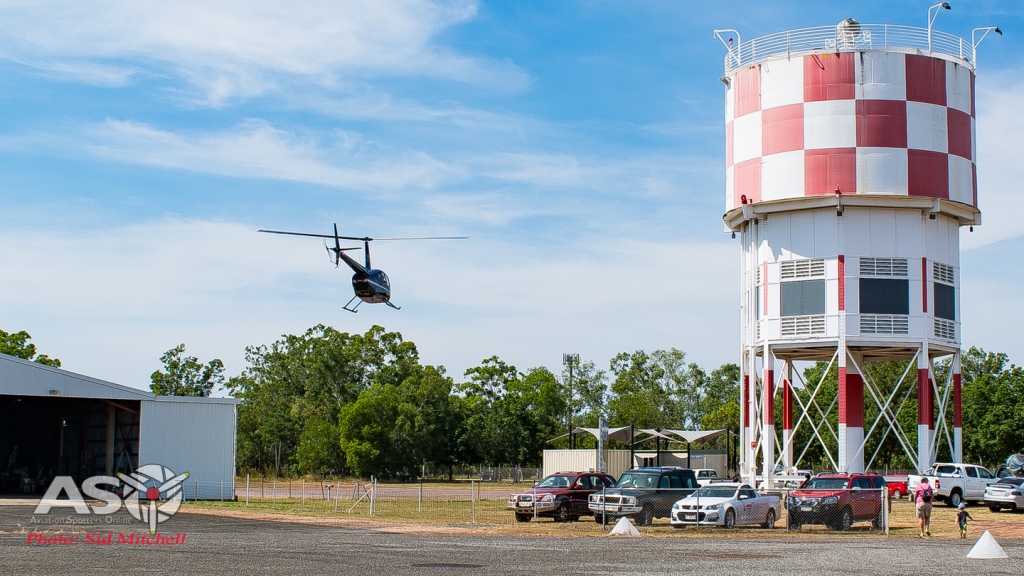
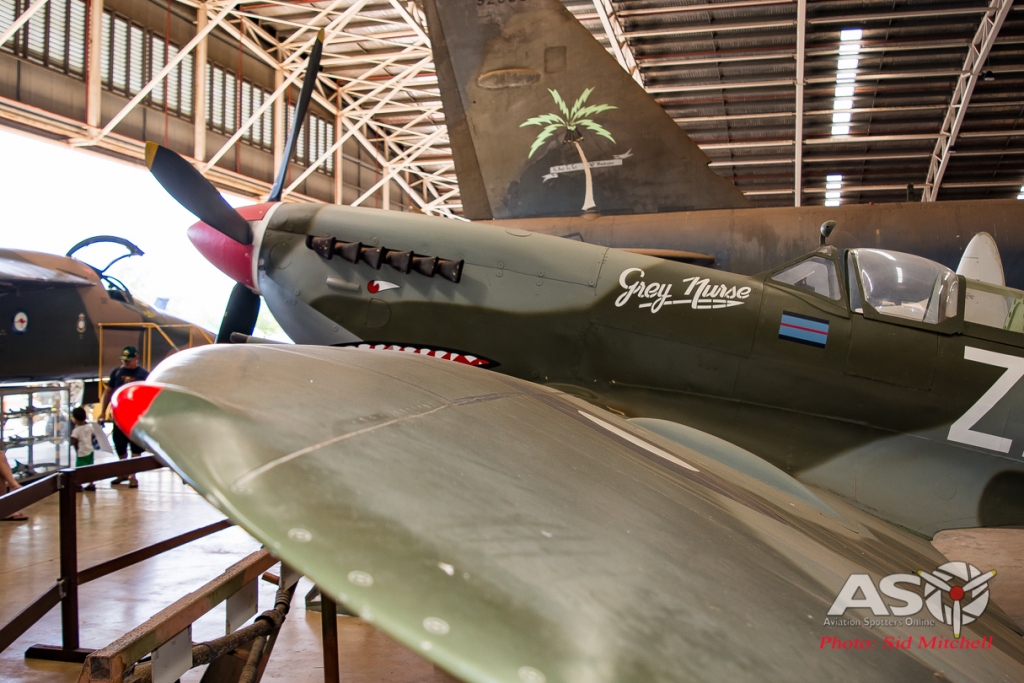

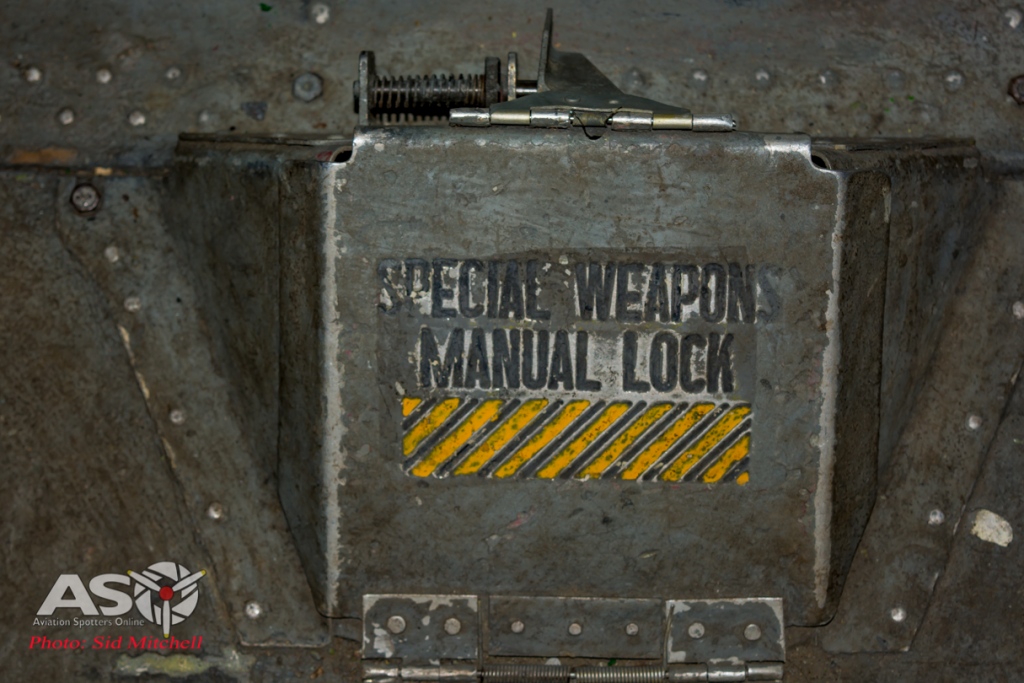
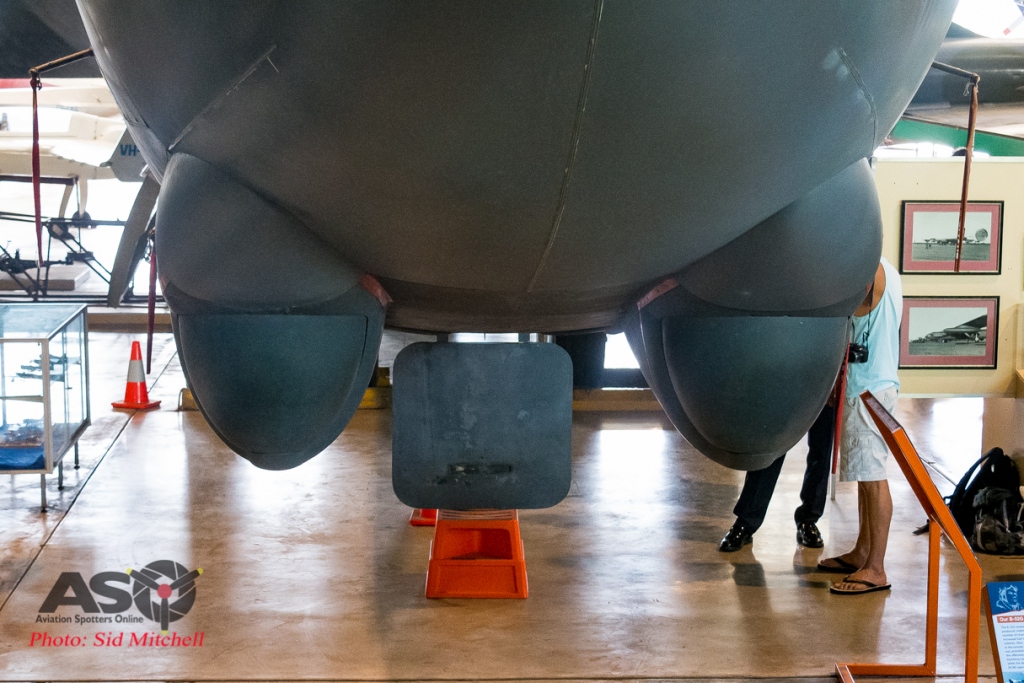
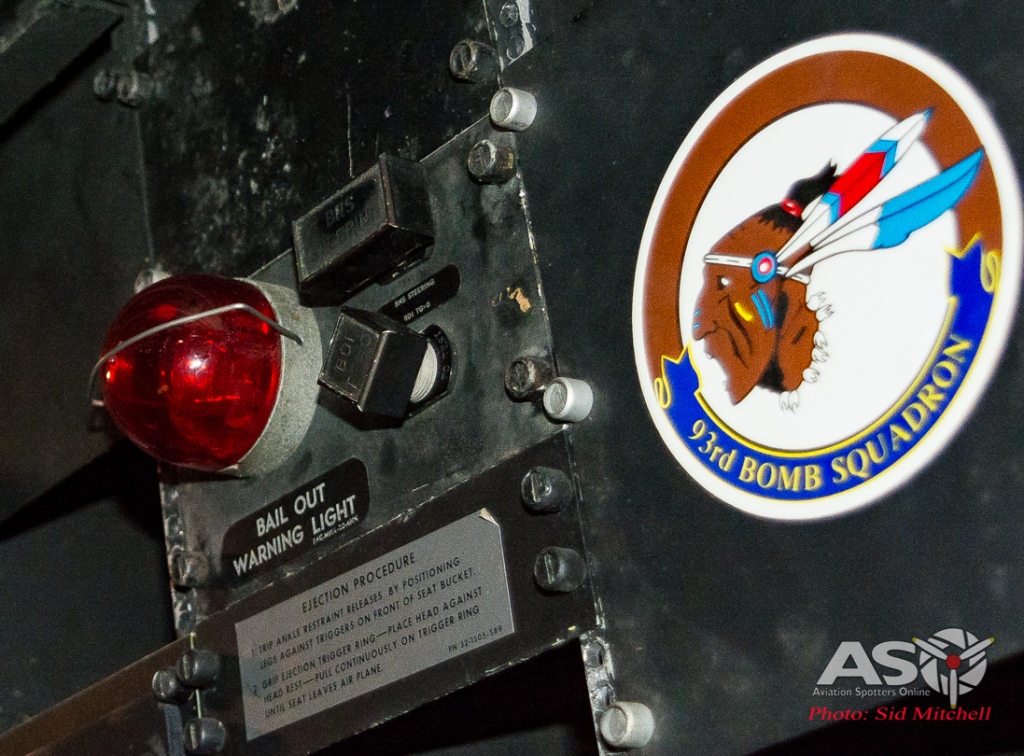
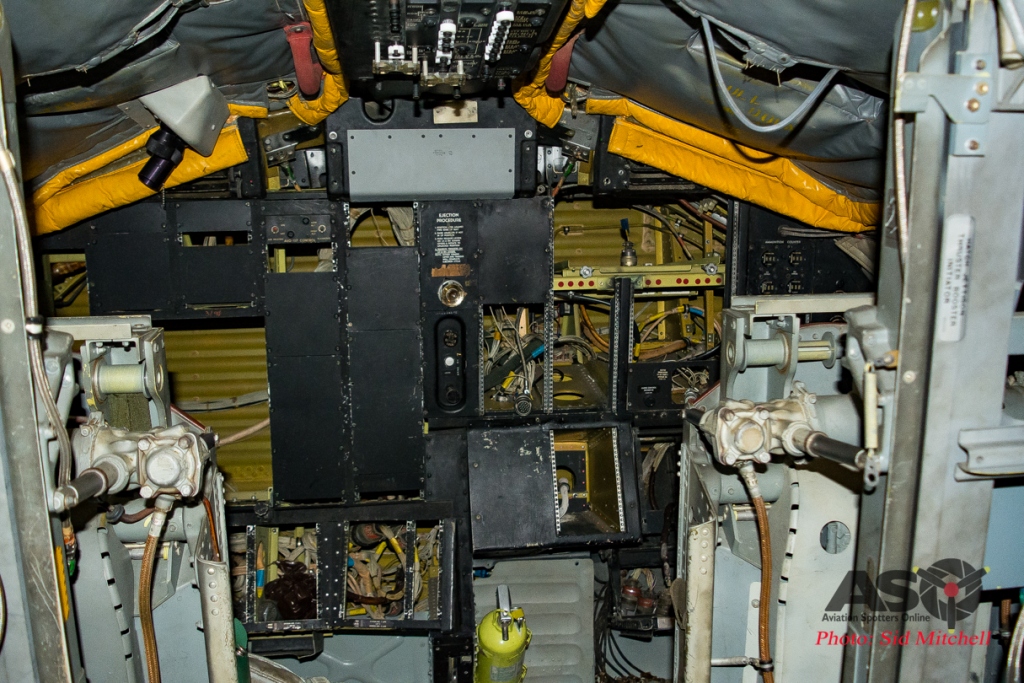
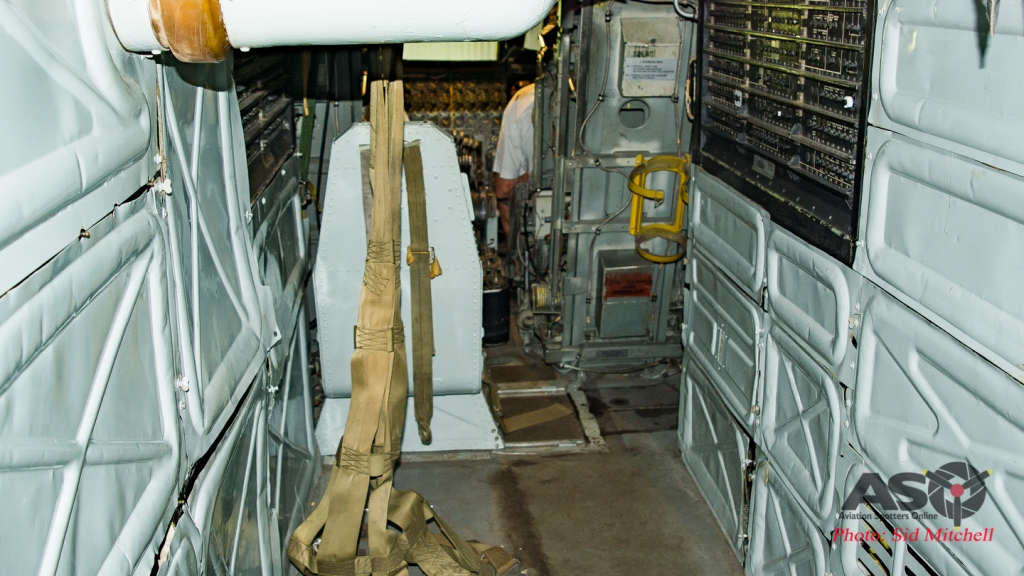
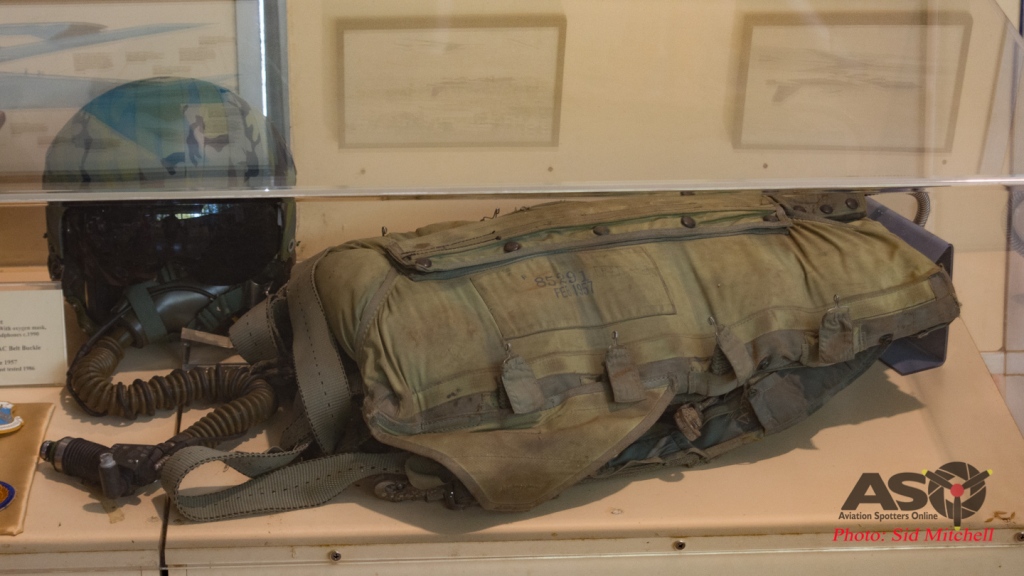


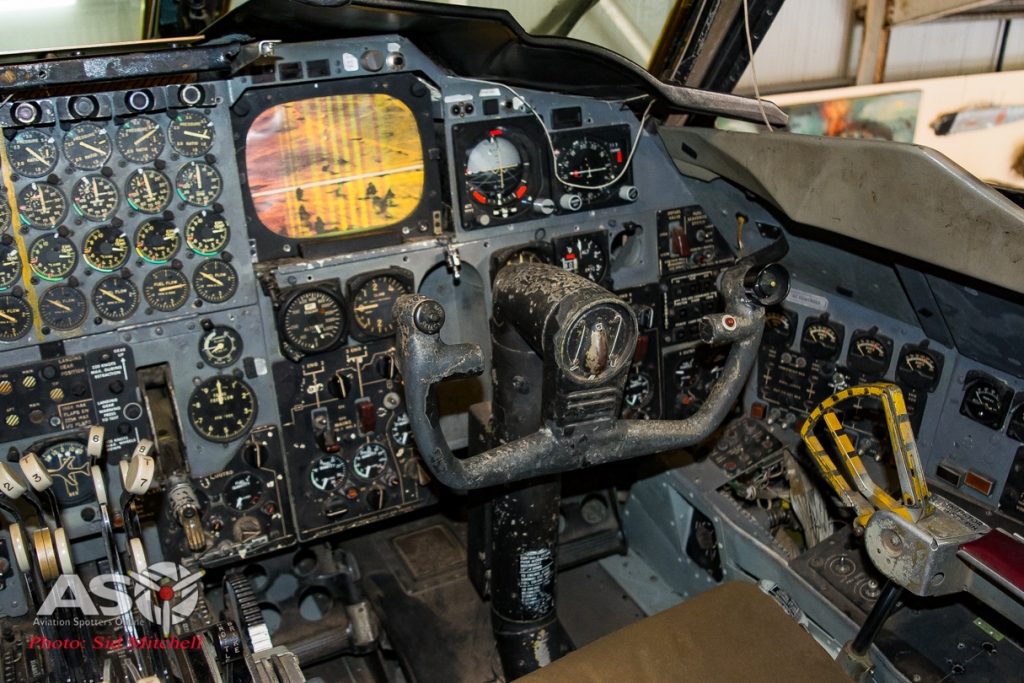
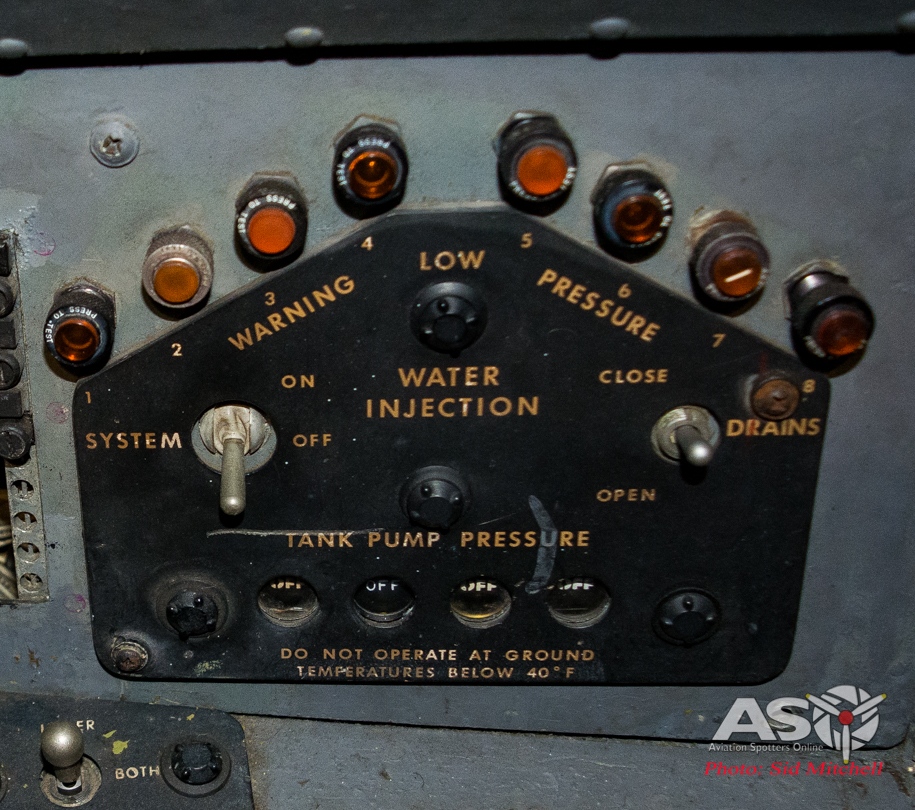

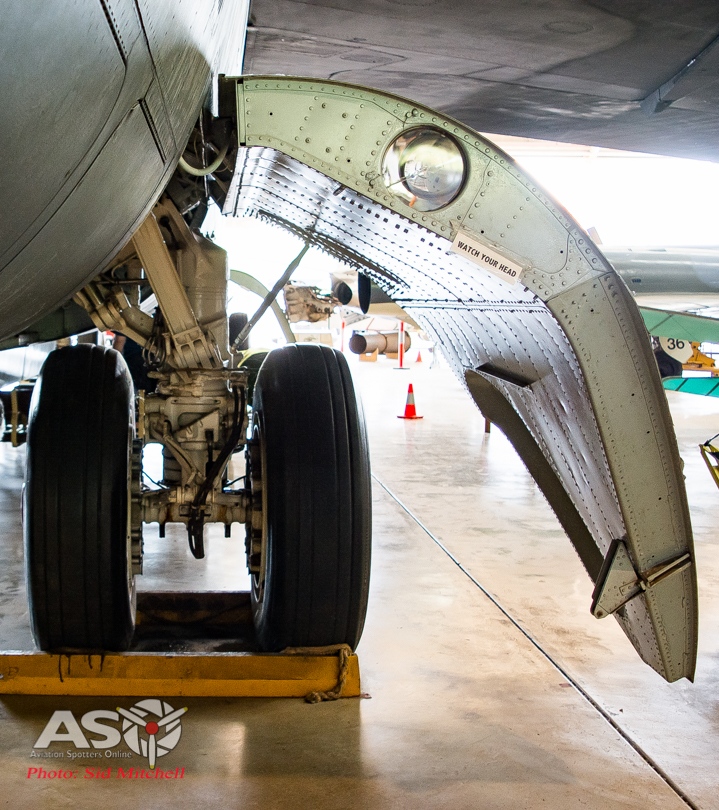
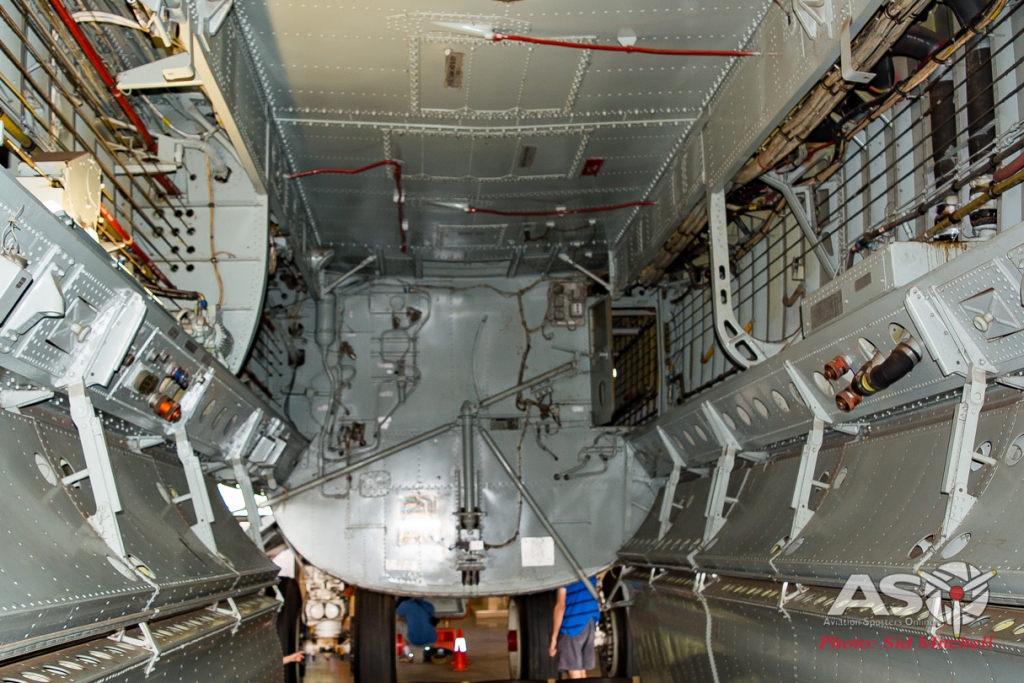
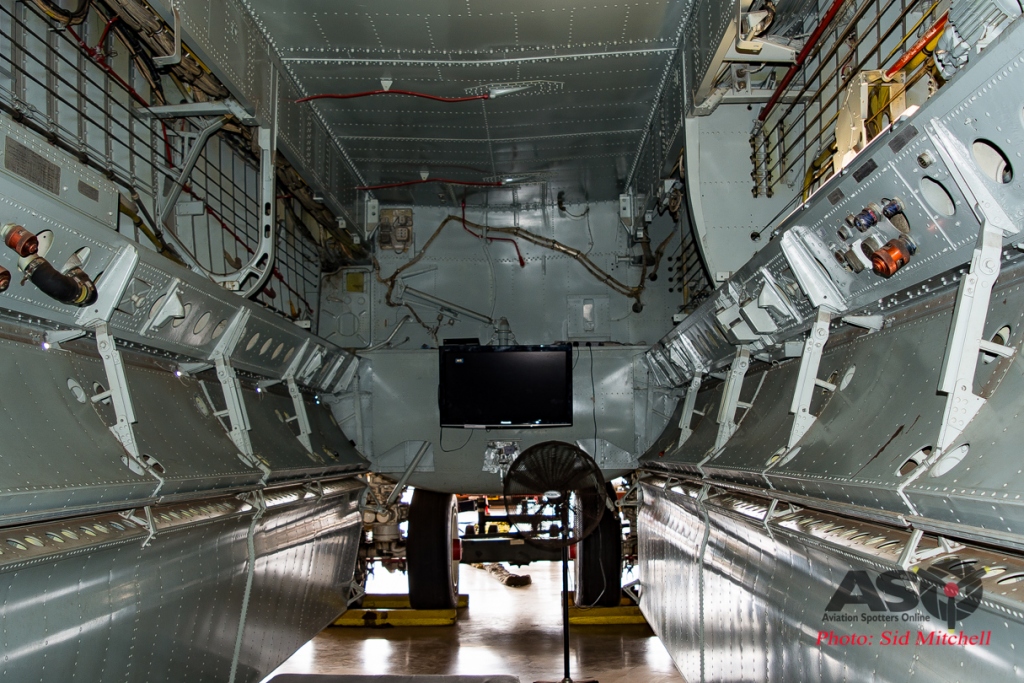
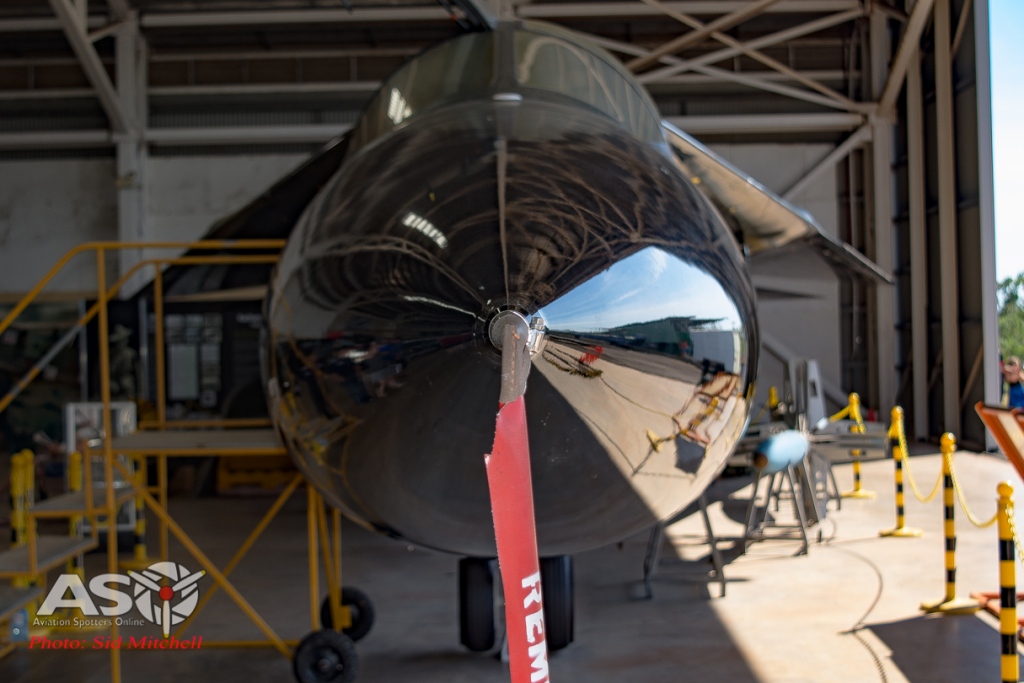


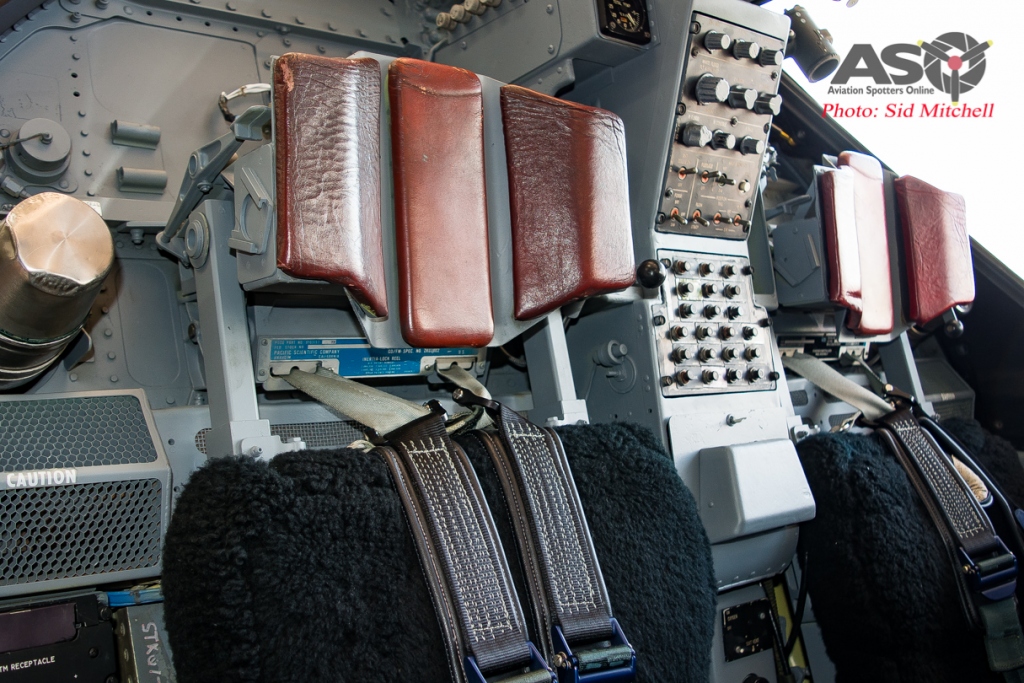
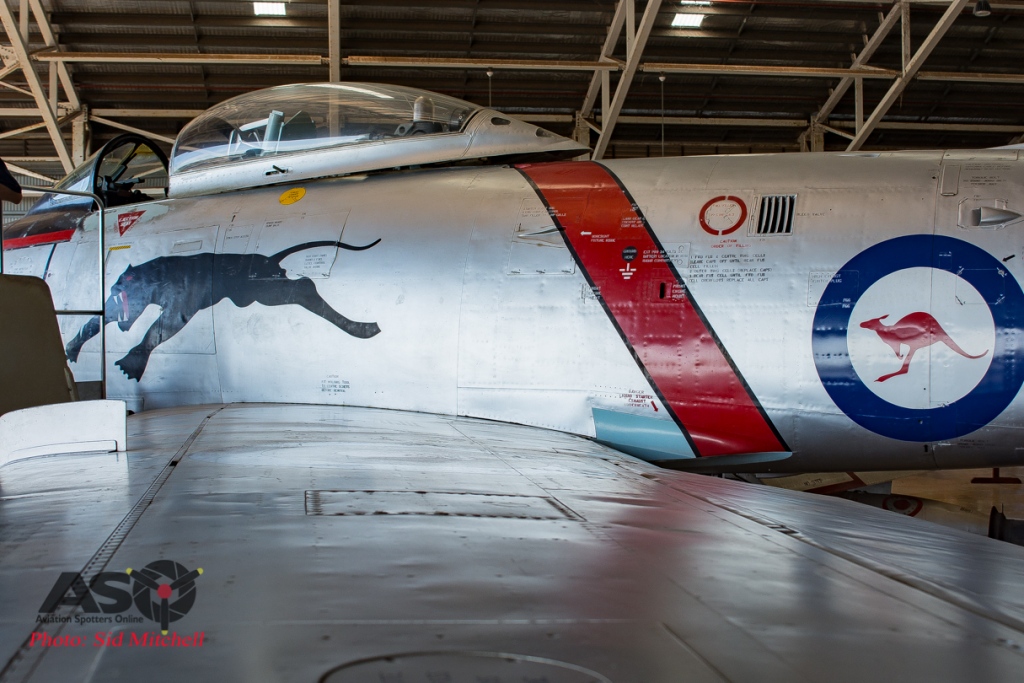
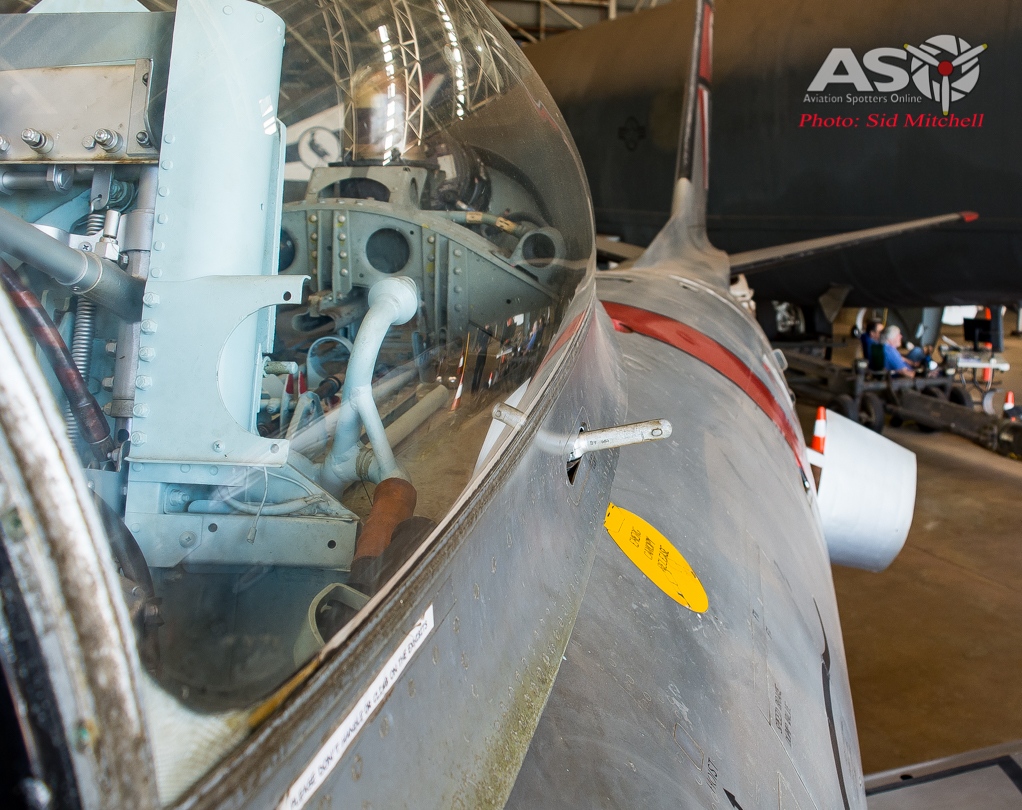
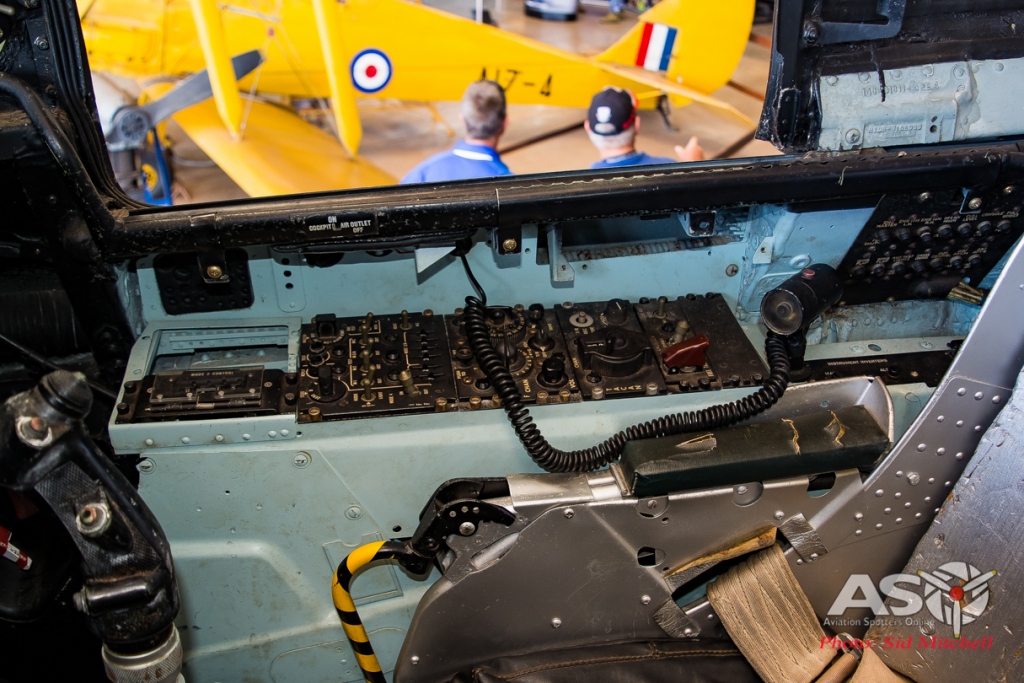

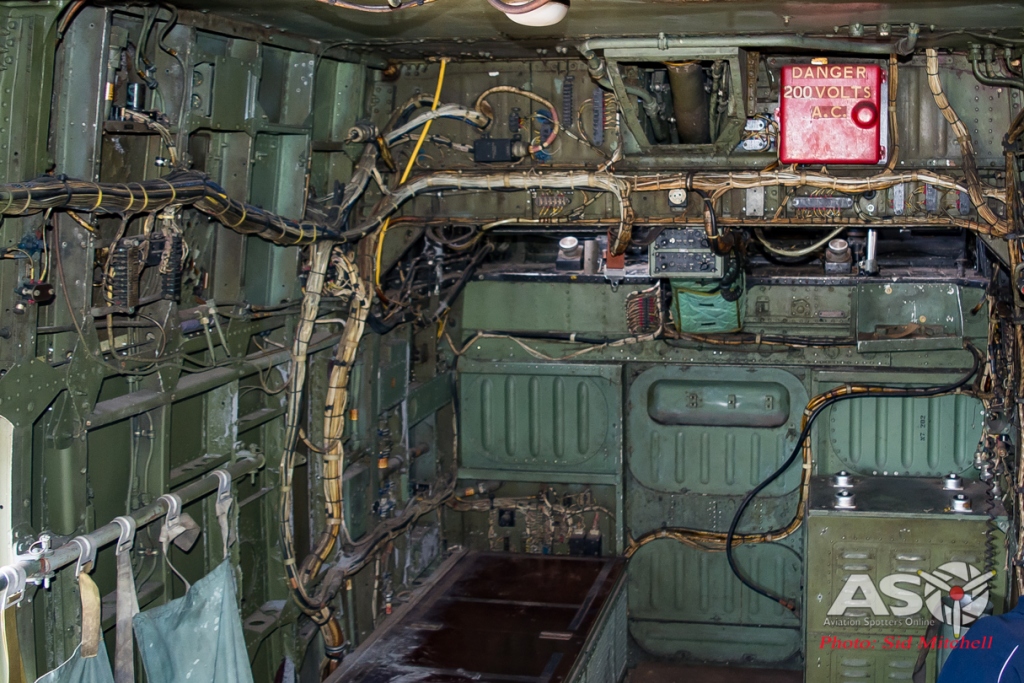
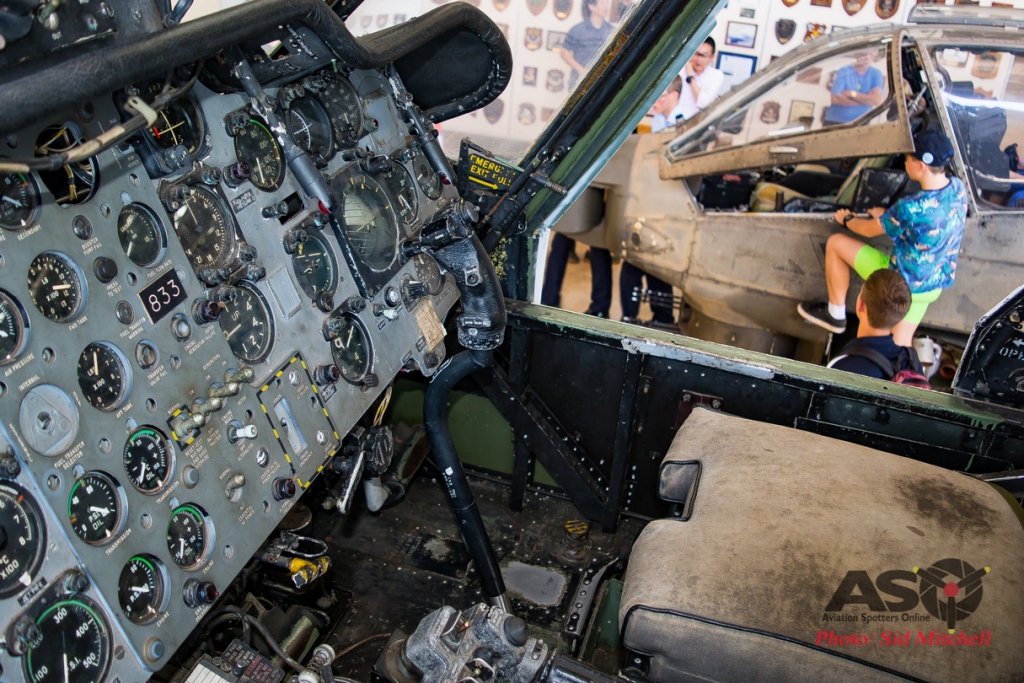
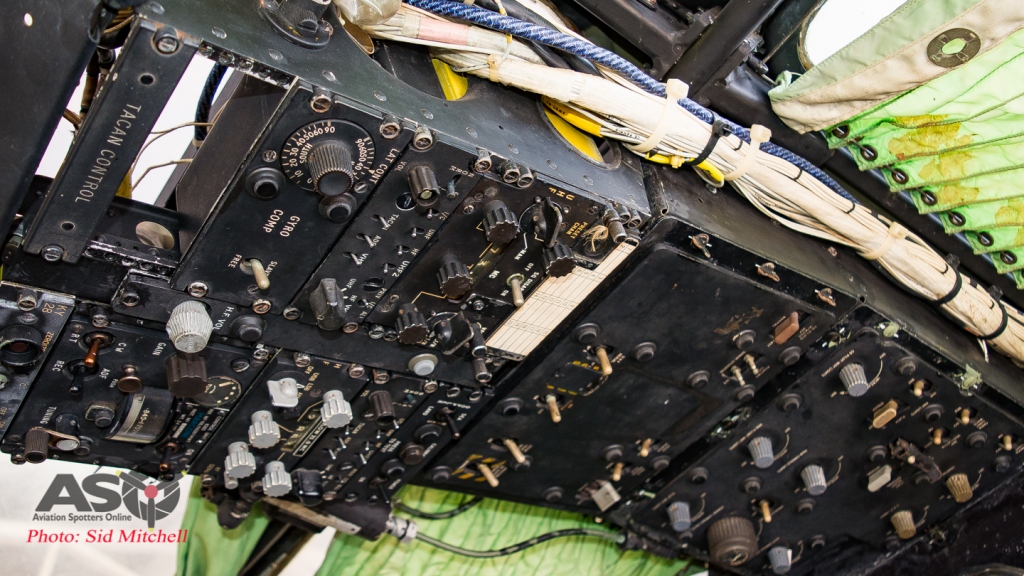
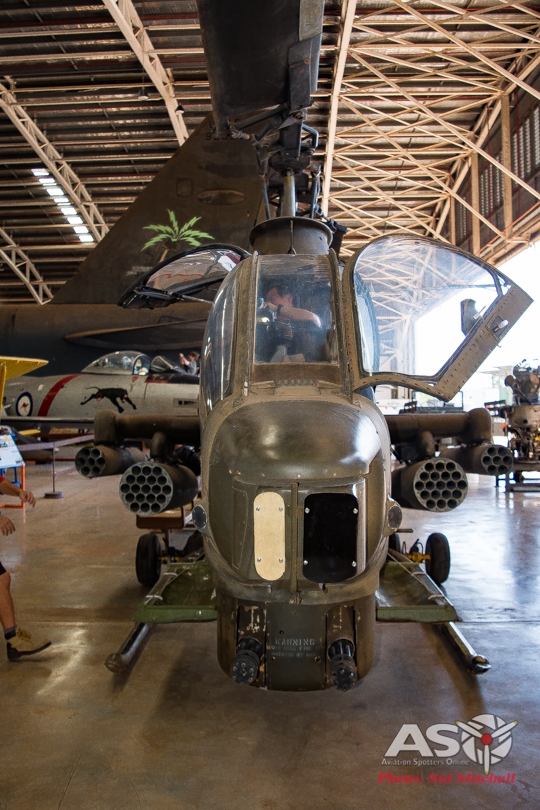
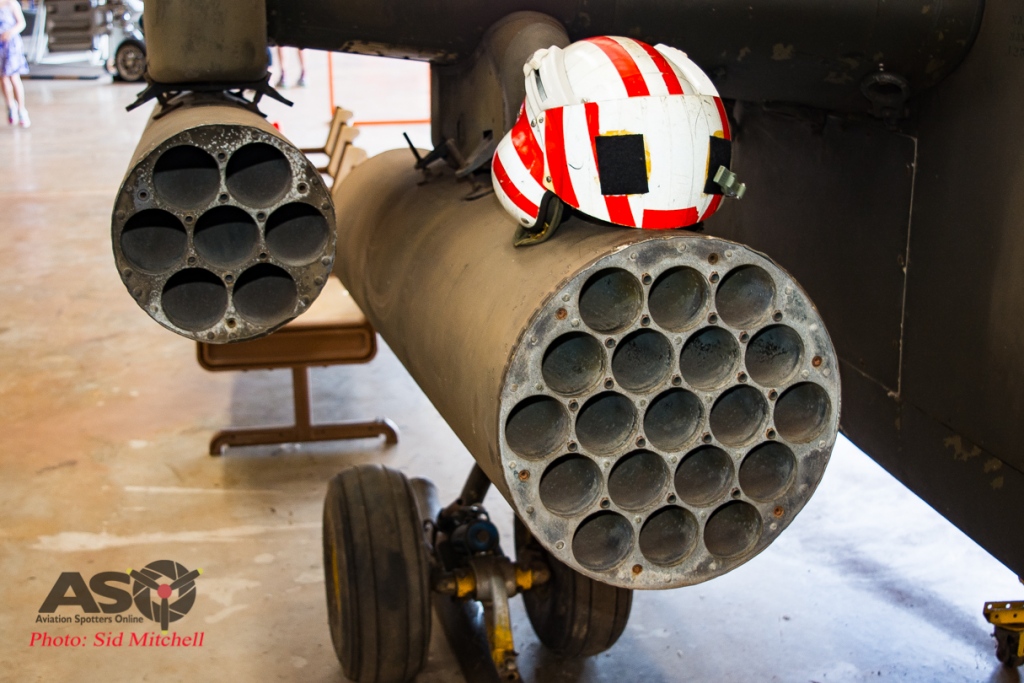
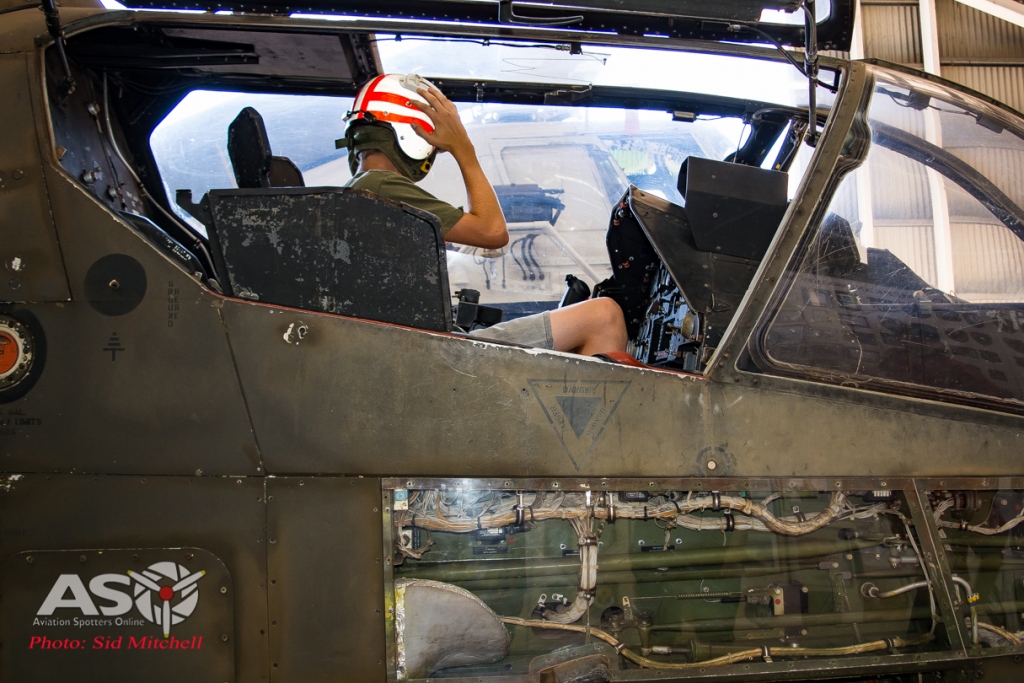



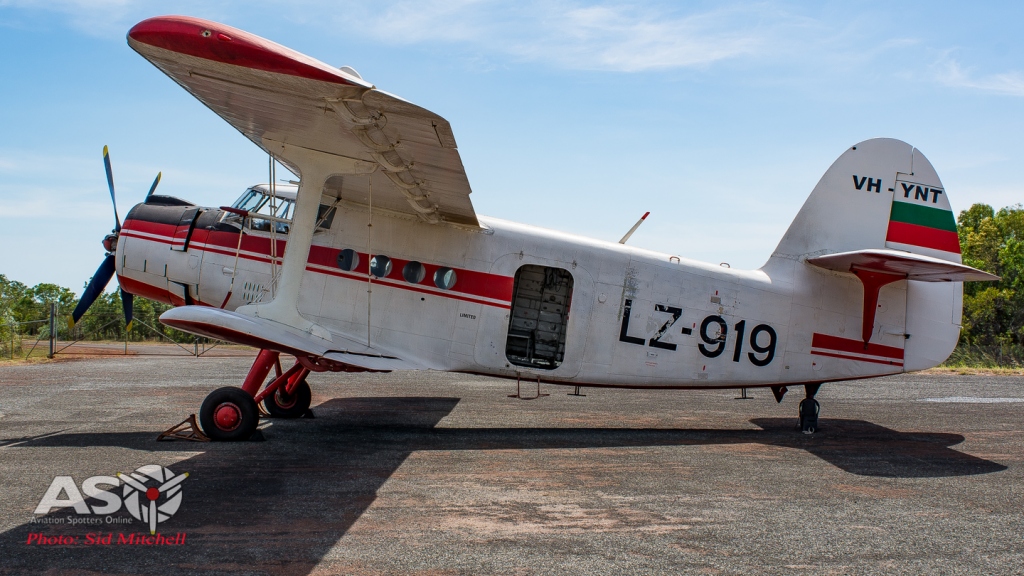
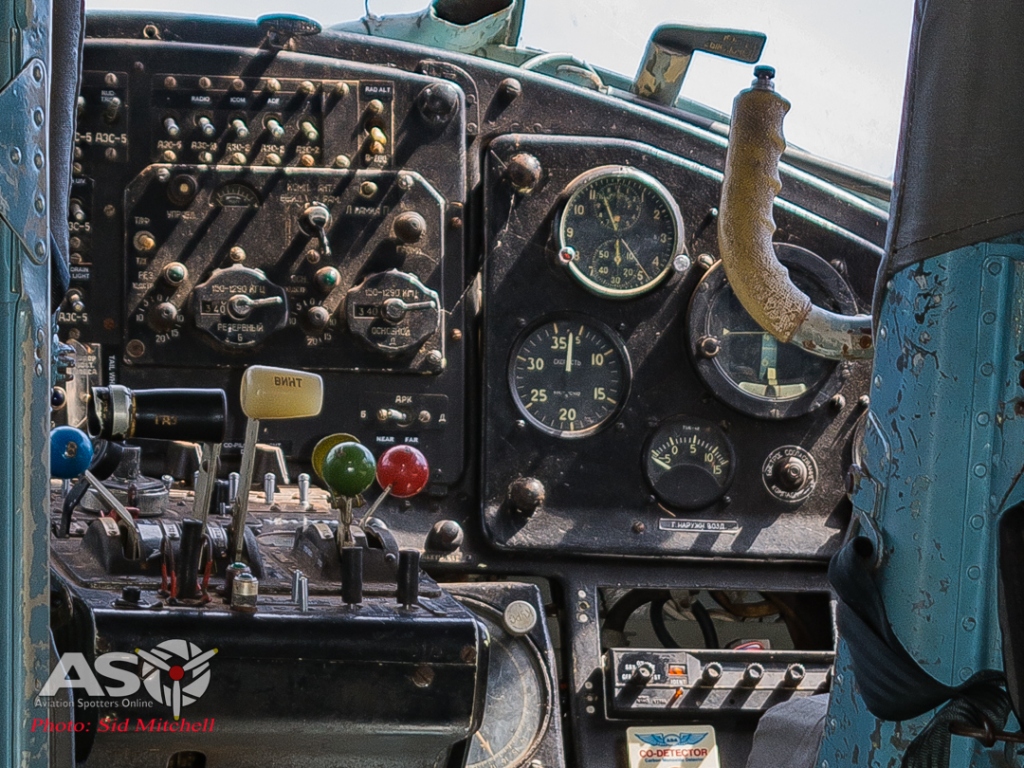
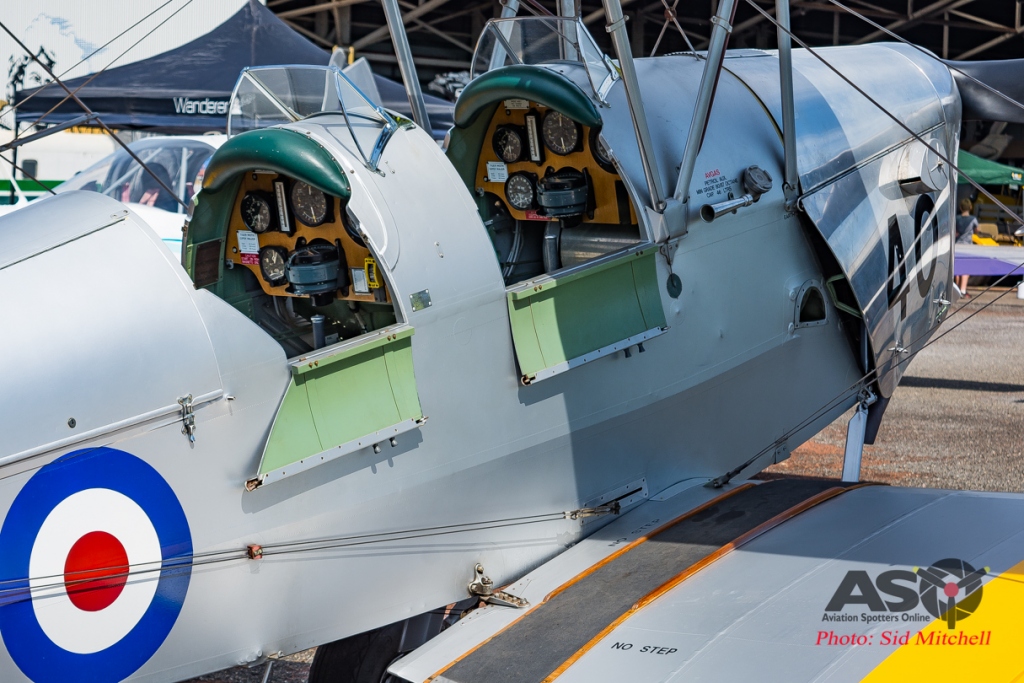





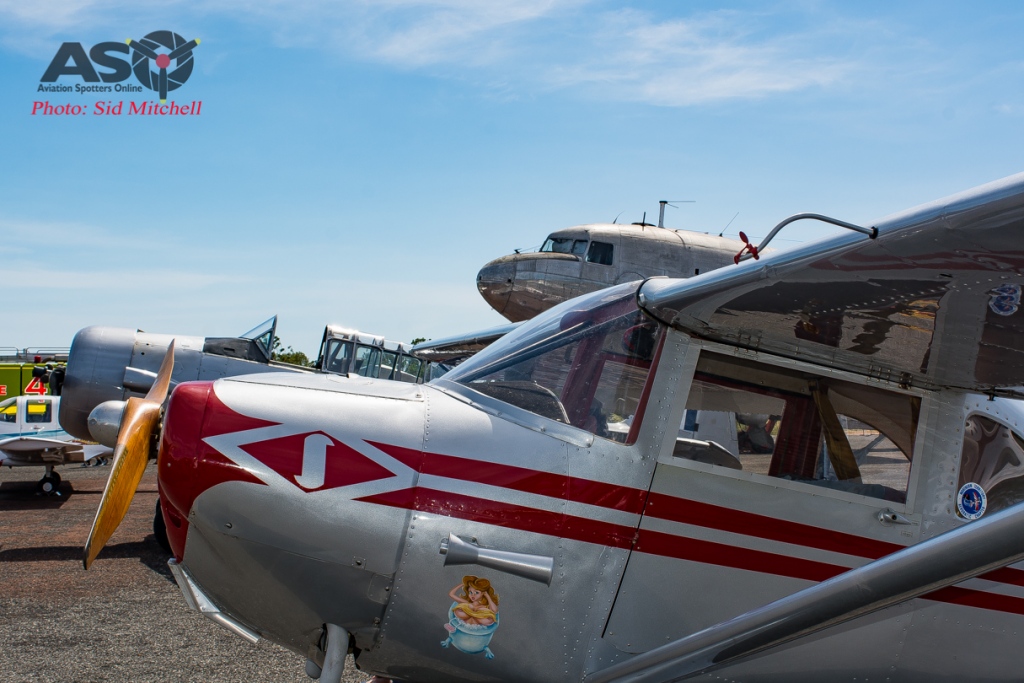






























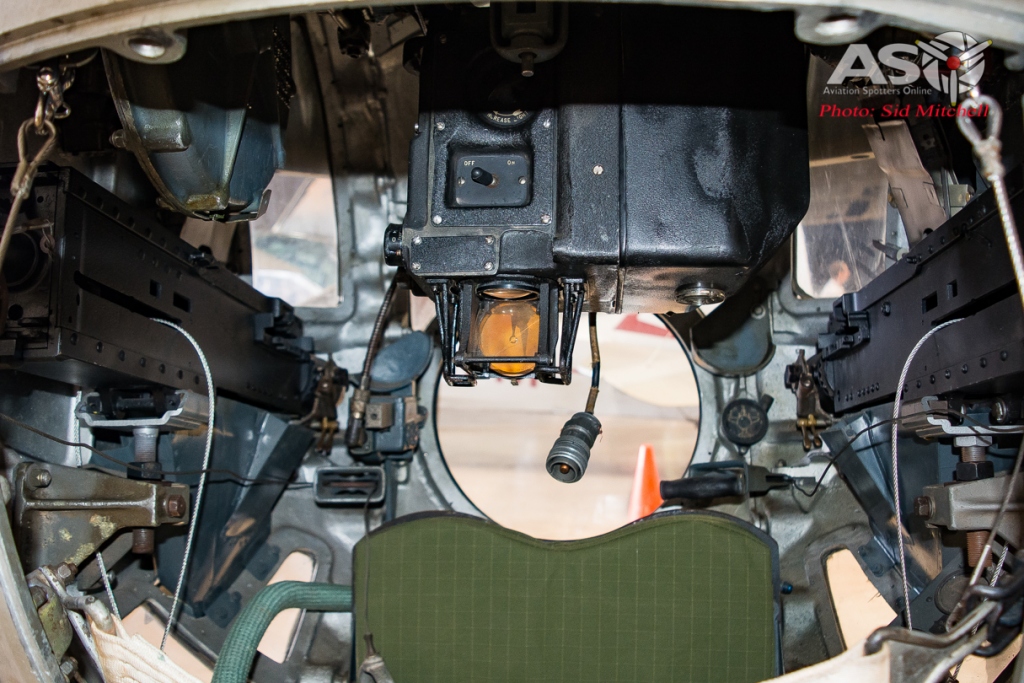
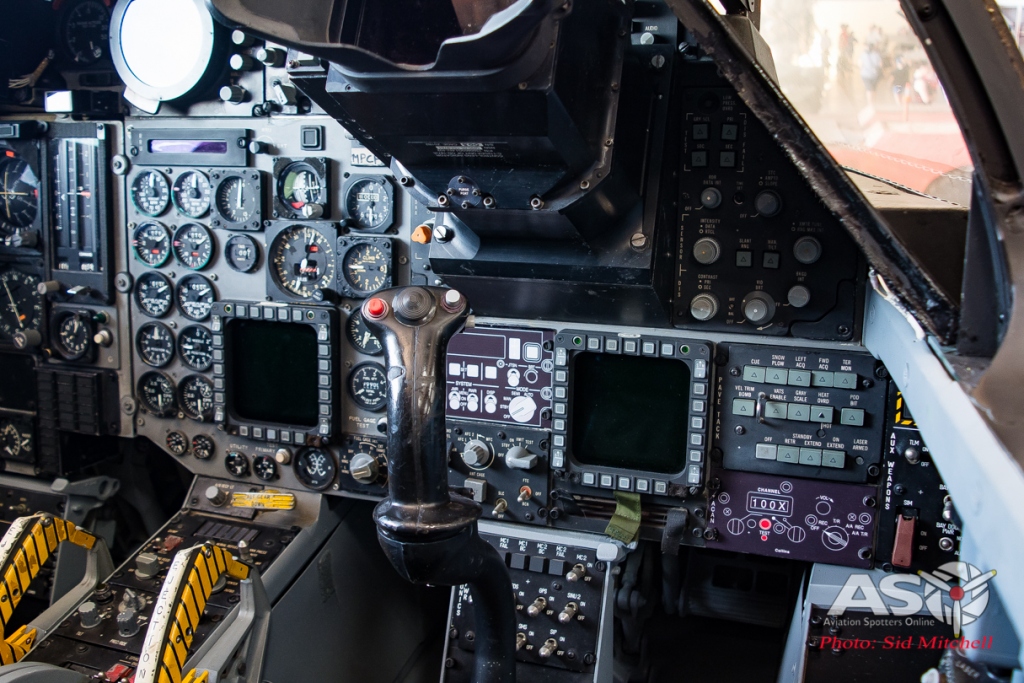
































Outstanding report and images.
Thanks Leslie, it really is a great day and fascinating to see these displays from a different perspective, plus the huge grins on some of the kids faces when they get to sit in the aircraft is gold too. Maybe it will inspire the next generation of aviators or maintainers… who knows? Credit to staff and volunteers of all our museums around the country – they do a lot of work behind the scenes so we visitors have a greta day.
Cheers…Sid